The Cart
Electronics
The cart is a donor NES sports game that I picked up from a local game store. Originally I had planned to lay out a PCB with the connections that I needed and might still do that in the future, possibly with a smaller form factor. I know they sell aftermarket PCB's and cases I could have used but I had some gear to trade in and didn't have to fork out any precious moolah for this. Plus my family could use a couple more curses for the next 3 generations for destroying an irreplaceable artifact from the 80's.
I popped the cart open and used some solder wick to pull the roaches and all the passives off the PCB. While I had the gizmo open, I cleaned everything down with isopropyl alcohol and made sure the contacts were in good condition. Yeah ... nobody played this game.
I then soldered some wires to my USB breakout board and hot glued the breakout board to the original PCB. I wasn't sure what contacts I wanted to use on connector so I left that for later, this was a good move because I was still planning out how things were going to layout in the enclosure.
Graphic
I really liked the work of Jeff Easley in the TSR Advanced DND Publications. I did some web searching and found the art that was used on the cart and felt it looked like how I pictured Anorak. I put together a rough draft of the image, and then sent it over to Kyle Mills at Fire and Clarity. They cleaned up my design and produced a super clean label for my cart. I couldn't be happier with the result. They have other retro related content if you are into this kind of stuff.
The Chassis
I've always liked how brutal ammo cans are and have always wanted to make project with one as the chassis. All the power connector components I've used in past projects and most of the stuff is relatively plug and play. I've also set up retro pie before and was really impressed with how simple and easy it was to set up and run.
Because the chassis is so over built I can see some issues with any wireless components trying to get coms on the inside.
 Nolan McCulloch
Nolan McCulloch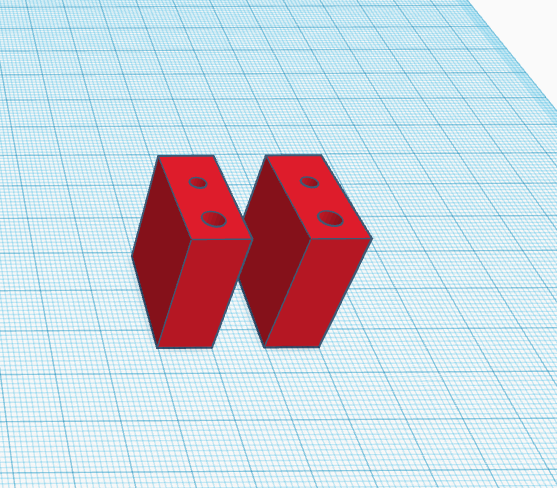

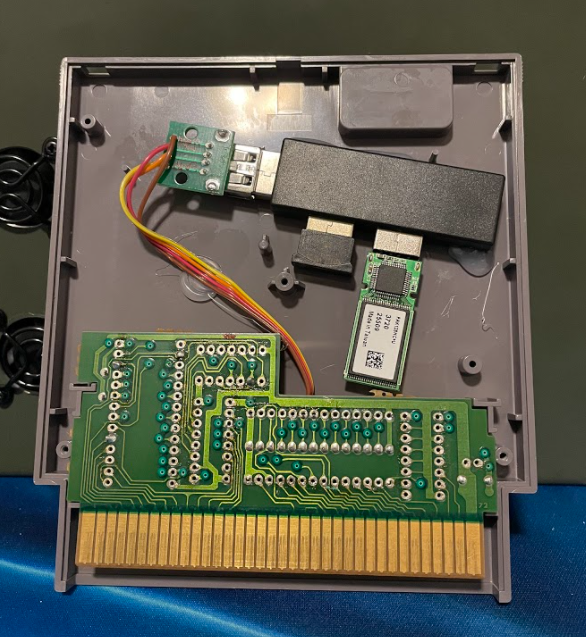
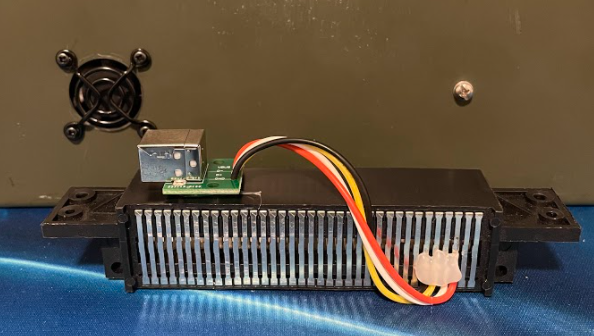
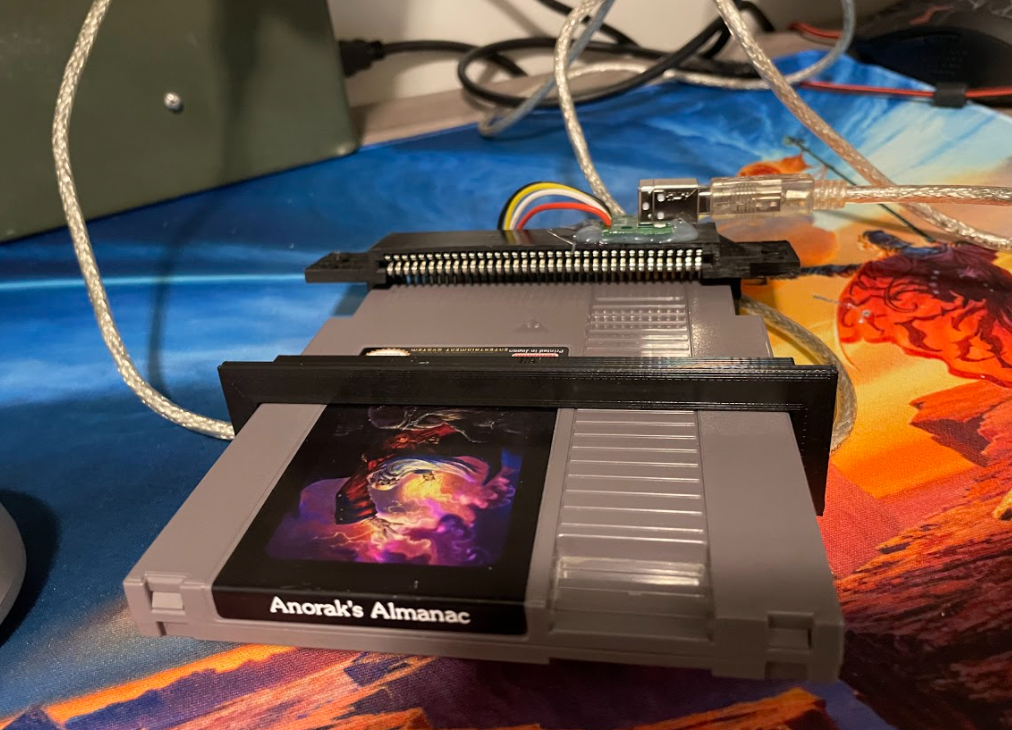
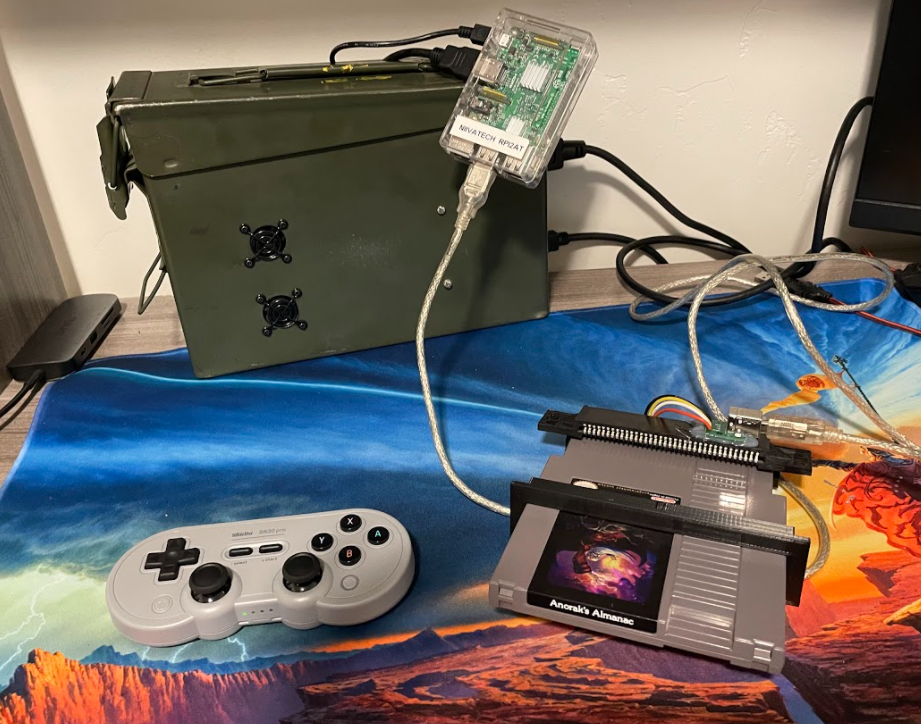
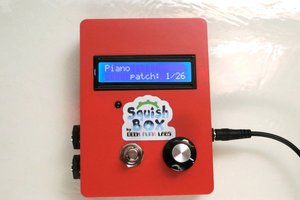
 Bill Peterson
Bill Peterson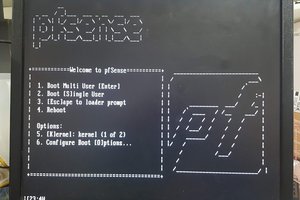
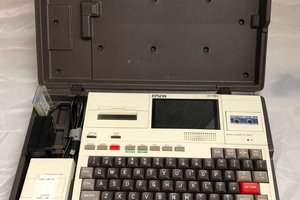
 Don
Don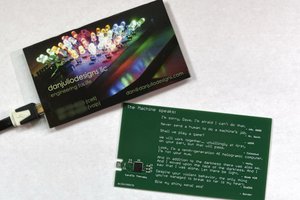
 Dan Julio
Dan Julio